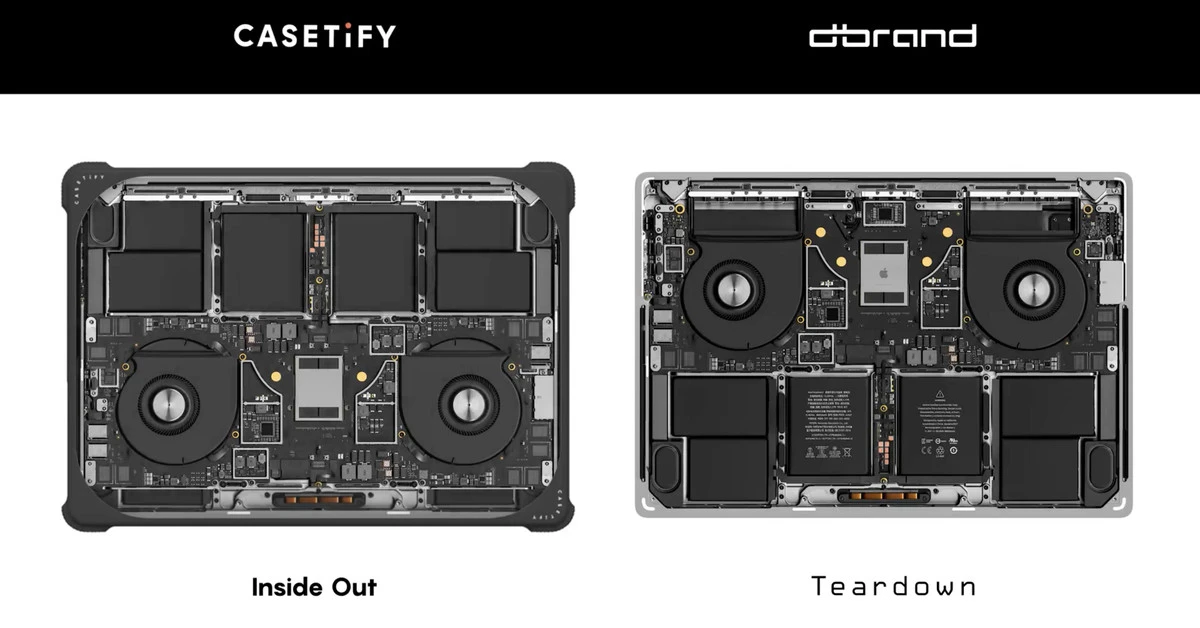Dbrand is suing Casetify for ripping off its Teardown designs - The Verge
Dbrand is suing Casetify for ripping off its Teardown designs - The Verge

www.theverge.com
Dbrand is suing Casetify for ripping off its Teardown designs

Dbrand is suing Casetify for ripping off its Teardown designs - The Verge

Dbrand is suing Casetify for ripping off its Teardown designs
